16 Inventions From The ’80s That Weren’t All That Helpful
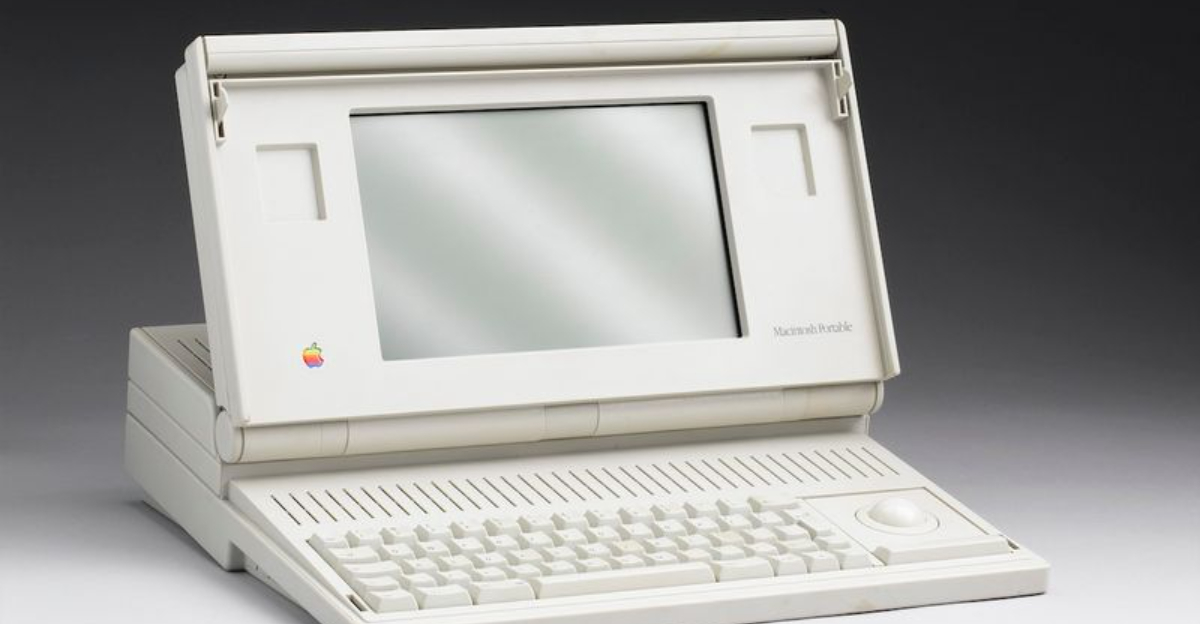
The 1980s were a wild ride of neon dreams, sky-high bangs, and a tech boom that promised to catapult us straight into the future.
It was the decade of big ideas and even bigger hair—and while some inventions, like the personal computer and the iconic Walkman, truly changed the game, not everything was a home run.
I still laugh thinking about the parade of gadgets my dad proudly brought home—each one hailed as “the next big thing,” only to end up gathering dust next to the fondue pot and ThighMaster. From robotic assistants that barely moved to high-tech gizmos that seemed straight out of a sci-fi movie (and worked about as well), the ’80s were full of glorious tech misfires.
So grab your cassette player and let’s rewind through 15 inventions that had bold ambitions but hilariously short lifespans.
1. Betamax Video Players
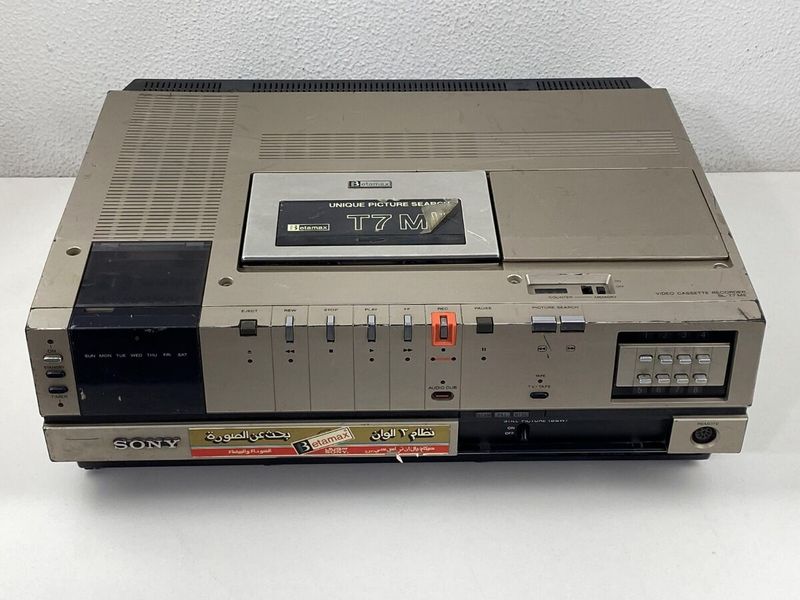
My uncle swore his Betamax would make him the envy of the neighborhood. Despite superior picture quality, these chunky machines became technological outcasts in the format war against VHS.
Sony’s creation offered better resolution but suffered from shorter recording times and significantly higher prices. Nobody wanted to pay more for less recording capacity!
The final nail in Betamax’s coffin was the limited selection of movies. While video rental stores stocked shelves with VHS tapes, Betamax owners faced increasingly slim pickings until the format quietly disappeared into obsolescence.
2. The Shower Telephone

Nothing screams unnecessary like making business calls while shampooing. The waterproof shower telephone epitomized ’80s excess – because apparently waiting until you’re dry to talk was too much hassle.
These clunky contraptions featured extra-long cords that snaked across bathroom floors, creating perfect tripping hazards. The sound quality was abysmal, with water noise drowning out conversations.
Most users quickly discovered that combining electronics with steamy environments led to frequent replacements. Plus, the awkward explanation when callers heard echoing bathroom acoustics made this invention particularly cringe-worthy.
3. Kodak Disc Camera
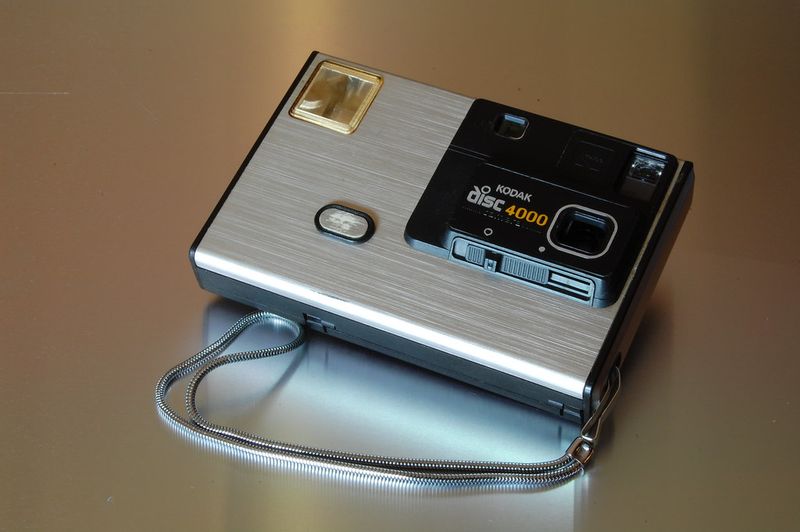
Marketed as photography’s future in 1982, the Kodak Disc Camera looked like something from Star Trek. I received one for my birthday and couldn’t wait to capture memories with its futuristic flat design.
Reality hit when I developed my first photos. The tiny negatives produced grainy, blurry images that made everyone look like they were photographed during an earthquake.
Despite the built-in flash and supposedly simple operation, this camera’s fundamental flaw was image quality. Kodak quietly discontinued the line after a few years, leaving consumers with useless cameras and photo labs with specialized equipment that quickly became obsolete.
4. Automated Electric Tie Rack

Christmas morning 1985 brought dad the gift he never knew he needed – a motorized tie rack that rotated at the push of a button. The TV commercial made it seem revolutionary; reality proved otherwise.
These battery-powered monstrosities mounted inside closets and promised to organize up to 30 ties. When the motor inevitably jammed (usually after two weeks), you’d have a useless contraption hanging in your closet.
The worst part was the noise – a grinding whirr that woke everyone when dad prepared for early meetings. Eventually, most men realized a simple hook worked better, relegating these gadgets to garage sales nationwide.
5. LaserDisc Players
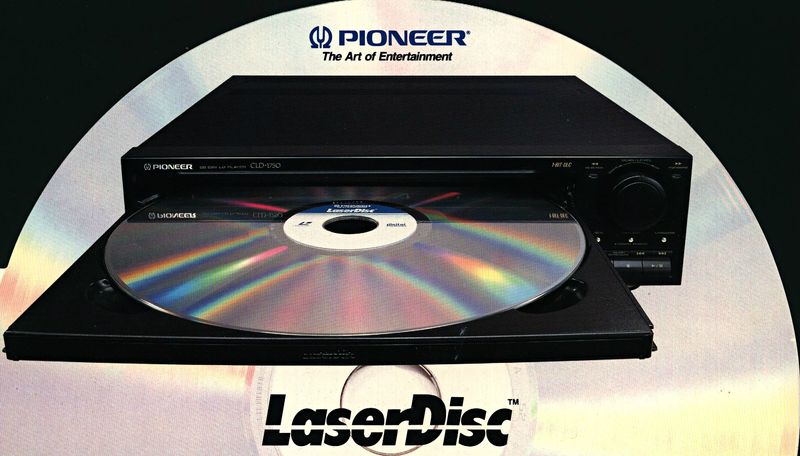
LaserDisc players promised cinematic quality before DVDs existed. These record-sized discs delivered superior picture compared to VHS, but came with ridiculous drawbacks that doomed them to obscurity.
The discs themselves were enormous – about the size of a vinyl record – making storage a nightmare for anyone with more than a few movies. Even worse, most films required flipping halfway through, interrupting your movie experience at the worst possible moment.
The final blow was cost. Players cost upwards of $600 (over $1,500 today), and discs averaged $40 each. Only the most dedicated videophiles bothered with this cumbersome format before it disappeared entirely.
6. The DeLorean DMC-12
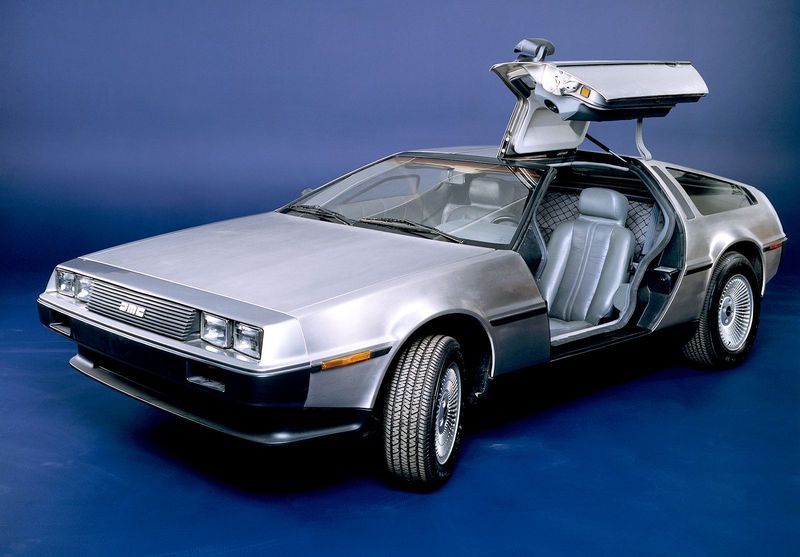
Back to the Future made everyone want John DeLorean’s stainless steel dream machine with those awesome gull-wing doors. Unfortunately, the actual car performed more like a golf cart than a sports car.
Under that futuristic hood lurked a pathetically underpowered engine that struggled to reach highway speeds. The stainless steel body, while visually striking, proved a maintenance nightmare – showing fingerprints like a crime scene.
Production quality issues plagued these vehicles, with electrical problems and mechanical failures common. By the time the company folded amid scandal in 1982, only about 9,000 cars had been made, most destined to become expensive garage ornaments.
7. The Electronic Pocket Calculator Watch
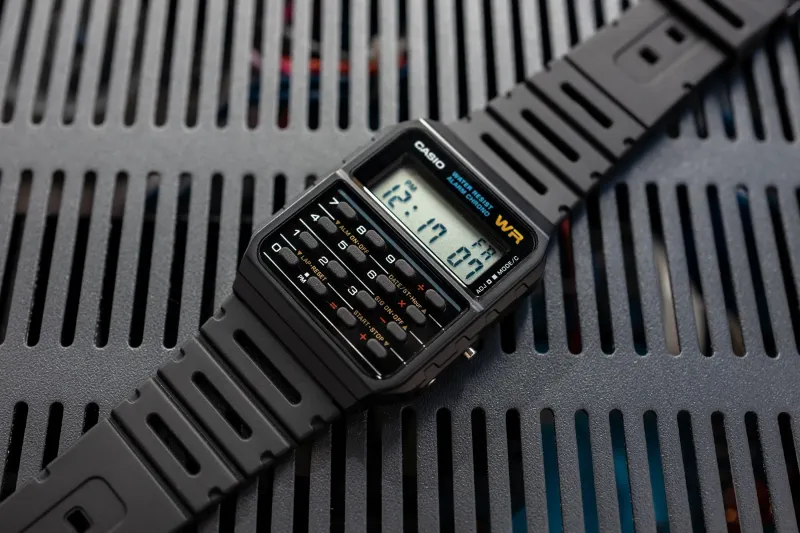
Casio’s calculator watches seemed like spy gear when they first appeared. I begged for one, imagining myself secretly calculating math problems during tests (my teachers quickly banned them).
The reality was far less glamorous. The tiny buttons required pencil tips or child-sized fingers to operate, making public calculations an exercise in frustration. Attempting to use one while actually wearing it required contortionist-level flexibility.
Battery life was abysmal, and the screens would fade mysteriously in cold weather. Despite these flaws, these watches became fashion statements – proving function sometimes takes a backseat to looking like a tech-savvy mathematician.
8. The Smokeless Ashtray

Before smoking bans became common, the smokeless ashtray promised to solve secondhand smoke concerns. These bizarre contraptions used small fans to suck cigarette smoke through filters, supposedly creating smoke-free environments.
Grandma bought one for our living room, but the reality was laughable. The weak fan barely captured a fraction of the smoke, while making an annoying buzzing sound that drowned out TV conversations.
The filters needed constant replacement, and the ashtrays themselves required frequent cleaning of sticky tar residue. Eventually, most people realized the only truly effective smokeless ashtray was simply going outside – a much cheaper solution.
9. The Macintosh Portable
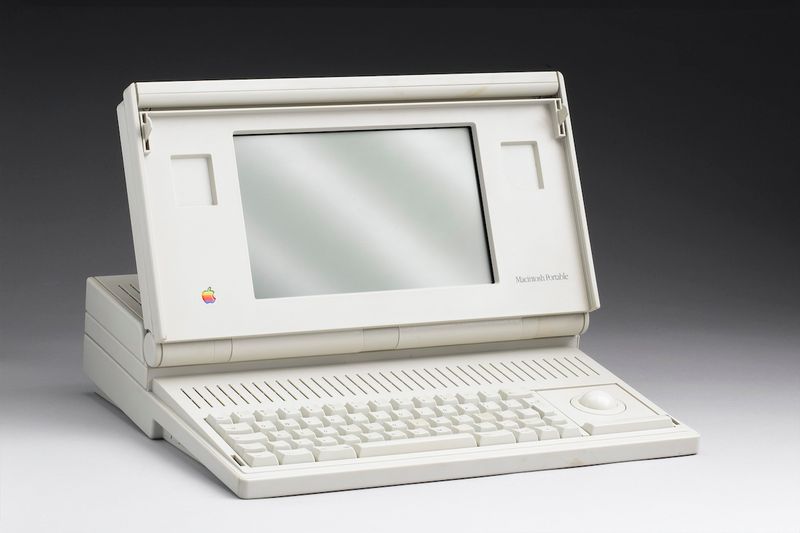
Apple’s first attempt at portable computing in 1989 stretched the definition of “portable” to its breaking point. Weighing a back-breaking 16 pounds – about the same as a modern bowling ball – this machine was technically transportable but practically ridiculous.
Battery life was theoretically 10 hours, but the lead-acid battery would die permanently if fully discharged. The screen was nearly unreadable unless you positioned it at precisely the right angle under perfect lighting conditions.
The $6,500 price tag ($15,000 in today’s money) ensured only the most dedicated Apple fans invested in this technological dead end. Most ended up as expensive paperweights before the much improved PowerBook arrived.
10. The Salad Shooter

Late-night infomercials convinced thousands of Americans they needed a specialized appliance to shoot shredded vegetables onto plates. My mom couldn’t resist ordering one after seeing the enthusiastic host demonstrate its supposedly time-saving capabilities.
Reality was messier. The Salad Shooter scattered food everywhere except your intended target, creating kitchen cleanup jobs that far outweighed any time saved slicing vegetables.
The device required awkward disassembly for cleaning, with tiny parts that easily disappeared down drains. After a few uses, most Salad Shooters were banished to that special cabinet where kitchen gadgets go to die, right next to the egg cuber and hot dog toaster.
11. The Clapper
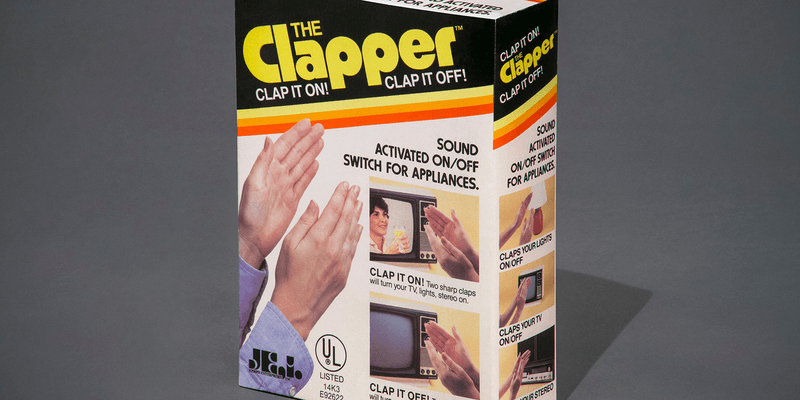
“Clap on! Clap off!” Those commercials showing elderly people controlling lamps from bed seemed revolutionary. The reality of The Clapper left most consumers feeling they’d been duped by overzealous marketing.
These sound-activated switches triggered unpredictably during loud TV shows, thunderstorms, or enthusiastic conversations. Nothing quite matched the surprise of lights suddenly flashing during a dinner party because someone laughed too loudly.
Installation required plugging lamps into an ugly box that never quite hid behind furniture. Most users gave up after accidentally plunging themselves into darkness mid-shower when the bathroom fan made a similar sound to a clap.
12. The Electronic Fishing Lure

Battery-powered fishing lures promised to revolutionize the sport by emitting sounds and vibrations that would supposedly drive fish into a feeding frenzy. My grandfather received a set for Christmas and couldn’t wait to try them.
After several fishless expeditions, we discovered the fatal flaw – water and electronics don’t mix well. The batteries corroded quickly, leaving expensive paperweights that neither floated nor sank properly.
Even when functioning, the unnatural buzzing seemed to repel fish rather than attract them. The final insult came when traditional fishermen consistently outperformed these high-tech gadgets using simple worms. Sometimes the old ways really are best.
13. The McDonald’s McDLT

McDonald’s McDLT wasn’t just a sandwich – it was an engineering marvel of terrible environmental consequences. The special polystyrene container kept “the hot side hot and the cool side cool” until the moment of consumption.
The packaging was an ecological nightmare – a massive styrofoam container with separate compartments that created twice the waste of regular burgers. Opening it required a small table and created a DIY assembly project in your car.
Despite spokesman Jason Alexander’s enthusiastic commercials, consumers quickly realized the gimmick wasn’t worth the environmental guilt. The McDLT disappeared when McDonald’s phased out styrofoam packaging, proving that sometimes innovation needs to consider more than just keeping lettuce crisp.
14. The Cordless Electric Knife

Thanksgiving 1987 introduced our family to the cordless electric knife – a solution to a problem nobody had. Dad proudly wielded this battery-powered monstrosity like a chainsaw, promising perfectly carved turkey.
The reality was less impressive. Battery life rarely lasted through a single carving session, often dying mid-slice and leaving the knife stuck in the bird. The rechargeable batteries degraded quickly, requiring overnight charging for just minutes of use.
The noise rivaled construction equipment, drowning out dinner conversation while it scattered turkey fragments across the table. Eventually, most families returned to traditional carving knives, relegating these to the back of drawers everywhere.
15. The Digital Jogging Calculator
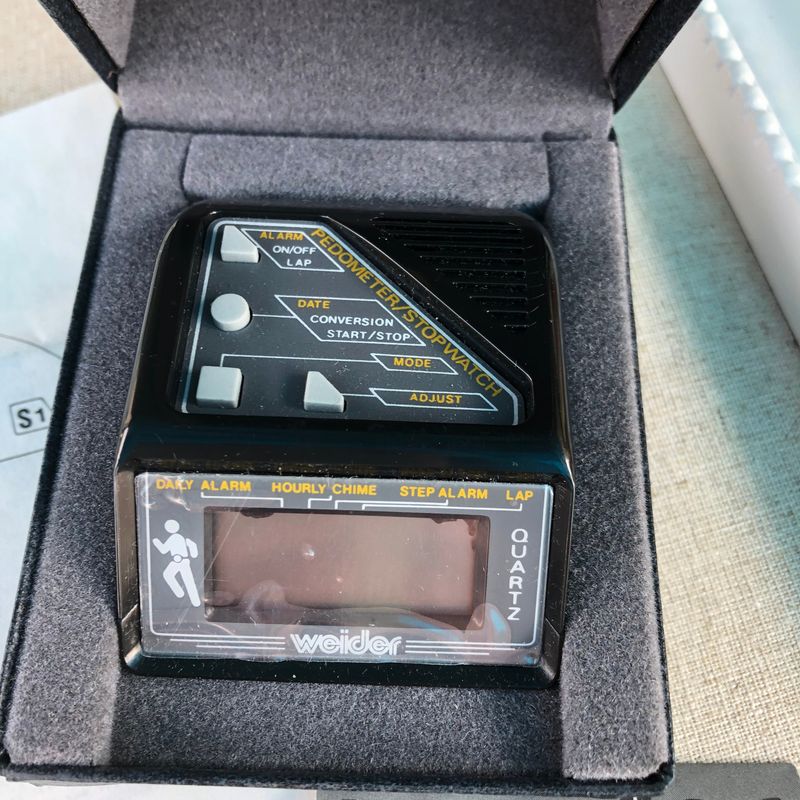
Long before Fitbits, the digital jogging calculator promised to track distance, calories, and pace – if you could figure out how to use it. This handheld device required manually entering your stride length and weight, then pressing a button with each step.
Running while repeatedly pressing a button proved as awkward as it sounds. Most users forgot to click after the first quarter mile, rendering the calorie calculations completely useless.
The device’s chunky design made it uncomfortable to hold while running, and the LCD screen was impossible to read in sunlight. Serious runners quickly abandoned these for simple watches, while casual joggers realized they didn’t need technology to enjoy a simple run.
16. The Automatic Plant Waterer

Plant parenthood got a high-tech upgrade with automatic plant waterers – small plastic bulbs that supposedly delivered perfect moisture for weeks. My mother filled our windowsills with these colorful globes, certain her plants would finally thrive.
These devices either drowned plants immediately or created a false sense of security while delivering no water at all. The cheap plastic cracked easily, creating surprise floods on windowsills and ruining furniture.
The water level indicators were wildly inaccurate, and refilling required a steady hand to avoid spills. Most plant enthusiasts discovered that simply checking soil with a finger and watering accordingly worked better than these unreliable gadgets that promised to turn brown thumbs green.
